Tag
YIMBY
The Latest
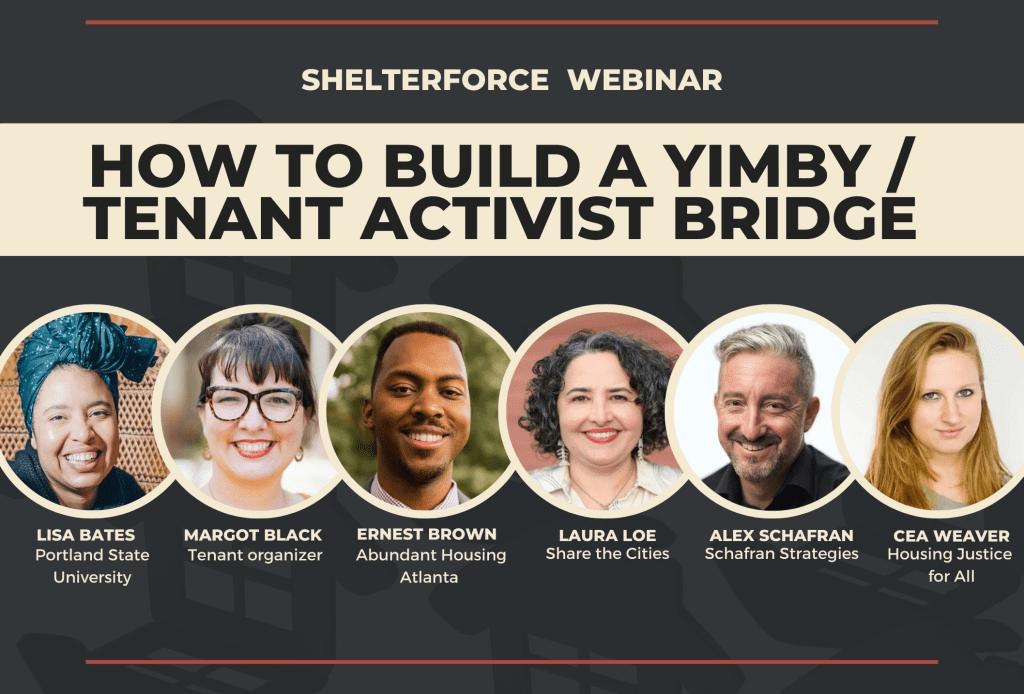
How to Build a YIMBY/Tenant Activist Bridge, a Shelterforce Webinar
Shelterforce’s investigative reporter Shelby R. King wrote two pieces about YIMBY (Yes in My Back Yard) groups in 2022, including one that focused on shared interests between YIMBY supporters and […]
Search & Filter Within this Topic
filter by Content Type
filter by Date Range
search by Keyword

Is a YIMBY/Tenant Activist Bridge Possible?
A culture war between housing justice advocates and YIMBYs began in 2014. While the groups have different priorities, they do have shared interests. Can they be allies or will the habitual quarreling keep them at odds?
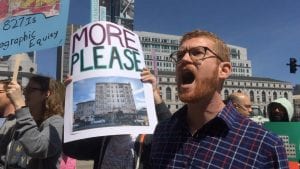
Have the YIMBYs Evolved?
Yes in My Back Yard activists started with a simple—and some would say simplistic—argument: to solve the nation’s housing crisis we just need to build more housing, of any type and in as many places as possible. But as the movement nears a decade of existence, some of its members argue that their message has become more nuanced.

Tenant Rights in Our Backyard—A Panel Discussion
Tenant activists discuss how the housing movement can do better at aligning itself with the tenants’ rights movement.

What Is NIMBYism and How Do Affordable Housing Developers Respond to It?
NIMBYism is often expressed as concerns about crime, congestion, schools, property values, and “quality of life.” But when developments are built these fears rarely come to pass.

Shelterforce’s Top 10 Articles of 2019
We’re sharing the most-read Shelterforce posts of 2019. We hope you enjoy them all and share with anyone who may have missed them.
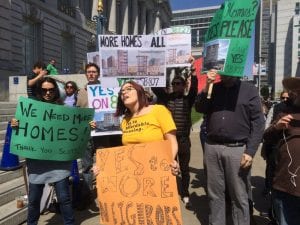
YIMBYs: Friend, Foe, or Chaos Agent?
The relationship between pro-building “Yes in My Back Yard” activists, longtime housing advocates, and anti-displacement organizers varies across the country, but has often been fraught with difficulties. Is there a way forward?

YIMBY, White Privilege, and the Soul of Our Cities
A common narrative being promoted about why there is a housing crisis ignores history and serves to assuage new residents’ guilty feelings. But we can craft a new narrative together.
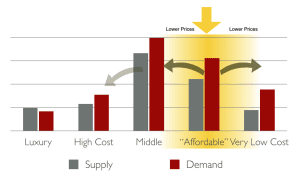
Why Voters Haven’t Been Buying the Case for Building
It’s not because they’re stupid. If we want to convince people, we need to stop yelling and start listening.

Millennials and the Affordability Crisis: A Review of Generation Priced Out
As tenant struggles become a bigger focus of activist recruitment, Randy Shaw’s new book, Generation Priced Out, is an essential organizing guide.


Who Most Needs Access to Core Neighborhoods?
We have a limited number of dense core neighborhoods where getting around without a car and without a lengthy daily commute are possible.
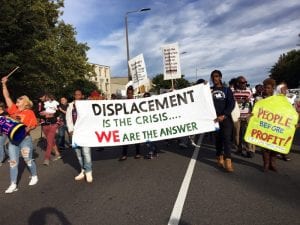
What We Don’t Know About Development and Displacement
The data on the relationship between new development, affordability, and displacement is not nearly as clear-cut as advocates (of all persuasions) often imply.
